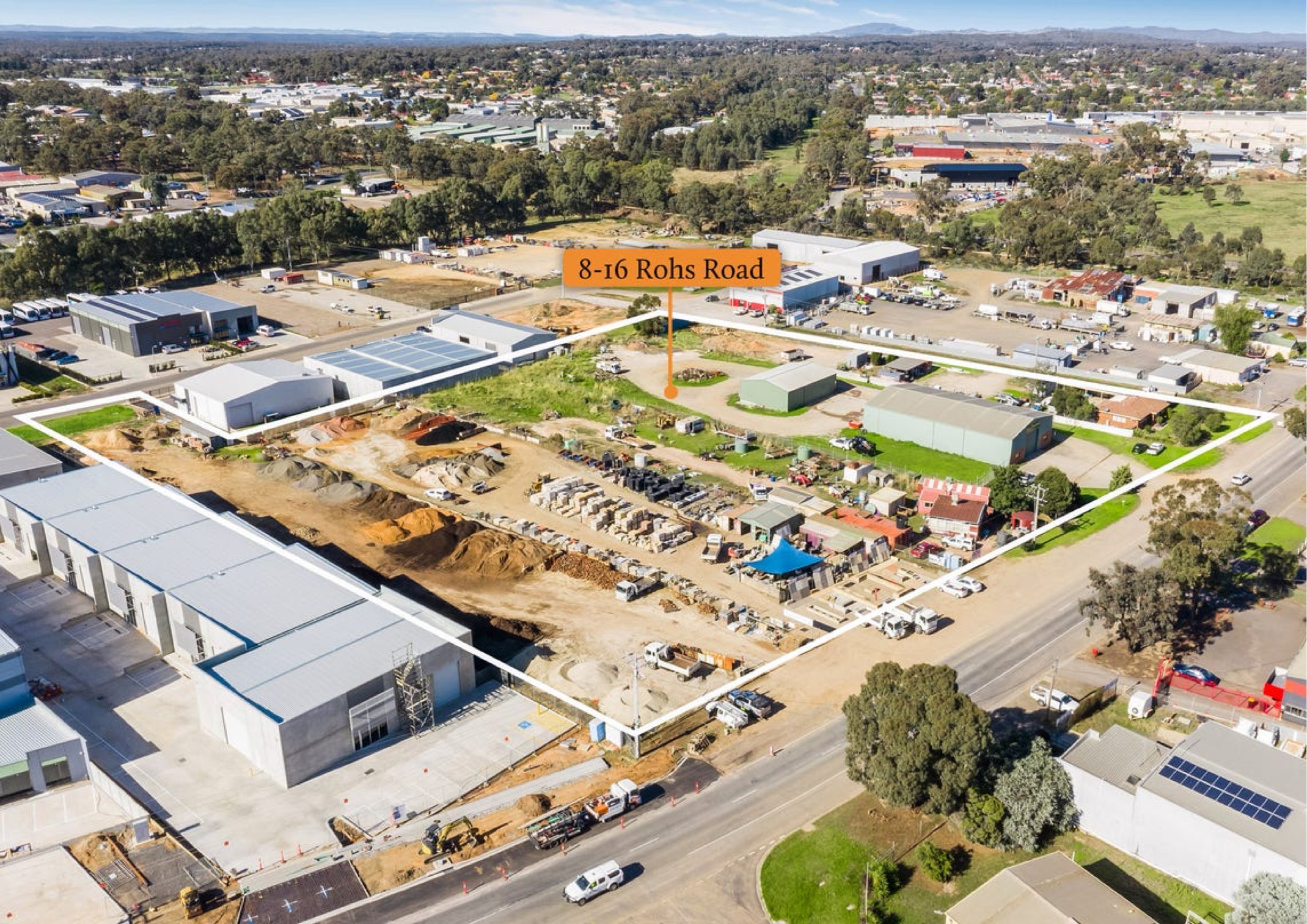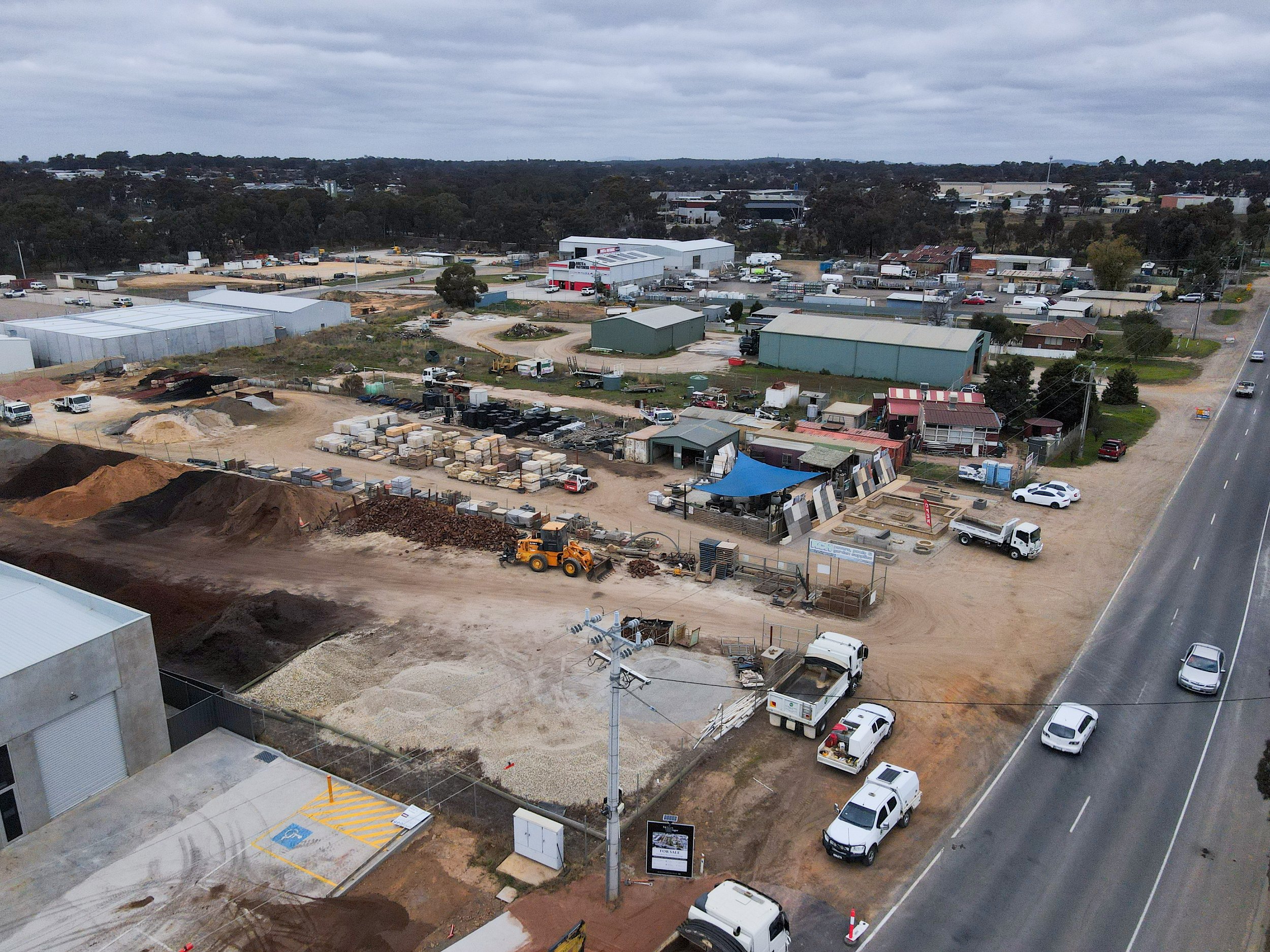Addressing the Void
The Scarcity of Contemporary Industrial Warehouses in East Bendigo
The industrial landscape of East Bendigo is undoubtedly a pivotal driver of economic growth and regional development. However, a pressing concern has begun to cast a shadow over the region's potential: the lack of contemporary industrial warehouses. As demand for efficient, well-equipped spaces continues to surge, stakeholders find themselves grappling with a shortage that could potentially impede the area's growth trajectory.
Supply and Demand Dynamics
With its strategic location and proximity to the Bendigo town center, East Bendigo has emerged as a prime destination for businesses seeking a balance between urban accessibility and industrial functionality. This has resulted in a heightened demand for industrial warehouses that are equipped with modern amenities and tailored to suit diverse operational needs. Yet, the available supply falls notably short of meeting this demand, creating a disparity that demands urgent attention.
A Multifaceted Challenge
The paucity of modern industrial warehouses is a multifaceted challenge that affects various stakeholders. Existing businesses looking to expand or upgrade their facilities face limited options, often having to compromise on their operational requirements. New entrants to the industrial scene are confronted with a lack of suitable spaces that align with contemporary standards, thereby hindering potential investments in the region. Furthermore, the local economy is at risk of missing out on opportunities for growth, job creation, and the influx of capital that a robust industrial sector can provide.
Implications for Economic Growth
The implications of this scarcity are far-reaching and bear potential repercussions for the region's economic prosperity. Modern industrial warehouses are not just structures; they serve as hubs of innovation, productivity, and employment. By providing adaptable spaces that can accommodate a range of industries, these warehouses foster collaboration, attract diverse businesses, and contribute to a vibrant ecosystem. However, their absence undermines these very aspects, leaving the industrial landscape in East Bendigo fragmented and less competitive.
Collaborative Solutions
Addressing the shortage of contemporary industrial warehouses requires a collaborative approach from various stakeholders. Local authorities, developers, and businesses must work together to identify viable solutions. This may involve reimagining zoning regulations, incentivizing the development of modern industrial spaces, and fostering a conducive environment for investment. Engaging with experts in urban planning, architecture, and real estate can facilitate the creation of spaces that not only meet current demands but also anticipate future needs.
A Vision for the Future
While the scarcity of modern industrial warehouses in East Bendigo poses challenges, it also presents an opportunity for transformation. By recognizing the significance of this issue and channeling collective efforts towards finding innovative solutions, the region can position itself as a hub of industrial excellence. Addressing this void can pave the way for sustainable economic growth, employment generation, and the establishment of a thriving industrial ecosystem that resonates with the needs of both businesses and the community.
In the quest to bolster East Bendigo's industrial landscape, bridging the gap between supply and demand for modern warehouses stands as a defining endeavor. By envisioning a future where industry flourishes in spaces designed for success, stakeholders can collaboratively lay the foundation for a prosperous and resilient economic landscape.


